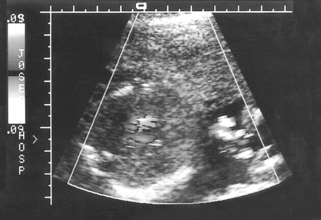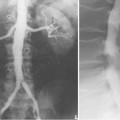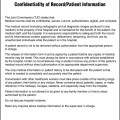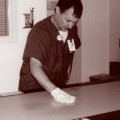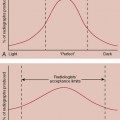CHAPTER 24 On completion of this chapter, you should be able to: • Compare upward-mobility career routes for radiologic technologists. • Determine the requirements and functions of the radiologist assistant. • Determine the requirements for radiology administrators. • Determine the requirements for radiology educators. • Assess the impact of computers in radiology. • Recognize the upward-mobility route for radiography educators. • Outline the duties of a radiology program director. • Trace the career path from technologist to radiology administrator. Educational programs sponsored by national, state, and local professional organizations assist radiologic technologists in keeping abreast of the newest innovations in the field of radiologic technology and provide them with the opportunity to improve skills (Fig. 24-1). FIGURE 24-1 In choosing a career path, the radiologic technologist must consider postgraduate educational commitments. Courses in sonography usually include sonography techniques, acoustic physics, ultrasound for gynecology and obstetrics, medical sonography for abdominal and pelvic scanning, and diagnostic sonography for cardiopulmonary and neurologic specialties. In addition, the individual is involved in clinical practice using sonography equipment (Fig. 24-2). Successful people set and pursue clear goals for their career, with focused action plans to map their direction. These plans include developing the right connections, making better decisions, and creating an atmosphere of success to propel them on their career path. A career path plan requires a clear vision, a sense of purpose, and direction, which usually includes experience and or education. Career progression can be examined in terms of investment in human capital and its impact over the life cycle on earnings (Adda et al, 2003). Incremental earnings are measured using a starting point by determining the quantity and quality of full-time education, and the accumulation of human capital through on-the-job training (Lowenstein, Spletzer, 1997). Formal education leads to increased lifetime wages because of the educational investment, but it also involves a substantial investment to start one’s career. On-the-job training is desirable because employees are trained in a specific area, which affects job procurement and job retention. Advantages are inherent to a college degree, including not only significant increases in subject matter knowledge, cognitive, intellectual skills and critical thinking, but also gains in value, attitudinal, psychosocial, and moral dimensions (Pascarella, Terenzini, 2005). Graduates holding baccalaureate degrees have a change regarding attitudes and values in social and political attitudes and in scholarly interest (Pascarella, Terenzini). Research shows that “compared with individuals who have no college experience, bachelor’s degree holders are two to three times more likely to volunteer in their communities, although the degree of involvement varies considerably across the kinds of service rendered” (Pascarella, Terenzini, p. 576). Other positive attributes of a college degree are more positive mind-set in regard to racial equality and increased understanding of cultures other than their own, a belief that racism remains a societal problem, and increased promotion of racial understanding (Pascarella, & Terenzini).
Professional Development and Career Advancement
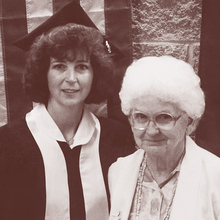
Short-term postgraduate education
Obstetric-Gynecologic Sonography
Long-term educational commitment
Radiology Key
Fastest Radiology Insight Engine

